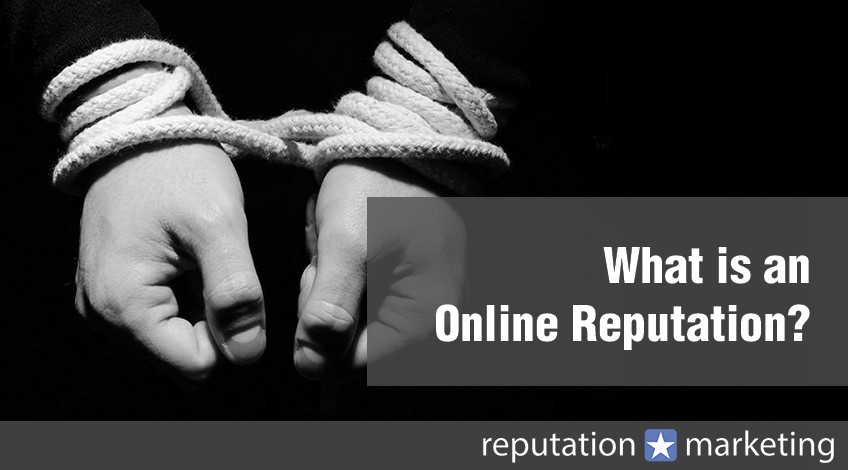Before we go into gathering reviews, let’s first discuss why a customer would bother to leave a review. Customers who have horrible experiences with businesses often go to online review sites as a means of expressing themselves as well as to warn others off. It’s a way to hold a business accountable for an awful experience.
Those who have ho-hum experiences aren’t as motivated to review a business online because nothing extraordinary happened. In essence, they got what they paid for; nothing more, nothing less; their expectations were met. Those who had wonderful experiences often leave positive reviews to both share their experience and recognize the company. In addition to the emotions involved, it comes down to cost versus benefit received. When the cost is high and the benefits low, customers are not likely to be happy. This equals a negative review.
In addition to the emotions involved, it comes down to cost versus benefit received. When the cost is high and the benefits low, customers are not likely to be happy. This equals a negative review.
When the cost is high and the benefits as expected, then the customers got what they paid for. This equals a neutral review (and there’s no driving motivation to go leave a review). When the cost is low and the benefits high, the customers are likely to be thrilled. This equals a positive review.
By understanding how costs and benefits relate to the customer experience, you have a choice in how each transaction is handled. You can either increase the value or lower expectations or both. In general, the golden rule of customer service still applies: Undersell, over deliver.
While we speak of costs, we’re not necessarily talking about raising or lowering prices; we’re talking about value and how it relates to expectations.
For example, if you run an auto repair shop and one of your selling points is that your technicians will treat the car like it was their own, you’ve set an expectation of cleanliness and quality workmanship. However, you could be setting customers up for disappointment if the technician leaves greasy smudges on the upholstery or fast-food wrappers in the front seat. On the other hand, what if you routinely wash each car and clean their interiors after the work is complete. A clean car is an unexpected surprise that makes your customers feel appreciated.
In both cases, the actual cost of the service is less important than the perceived value, expectations, and benefits. In the first example, the car owner will question the quality of the repair if the car is in worse condition than before. In the second example, the customer will feel pampered, appreciated, and confident in the service provided. When either of these customers posts a review, they will be sharing their personal experiences based on expectations and value perceptions.
By now you should understand why customers are motivated to post reviews. This understanding is crucial in developing a customer service culture which we’ll discuss in greater detail when talking about Marketing a Reputation.












